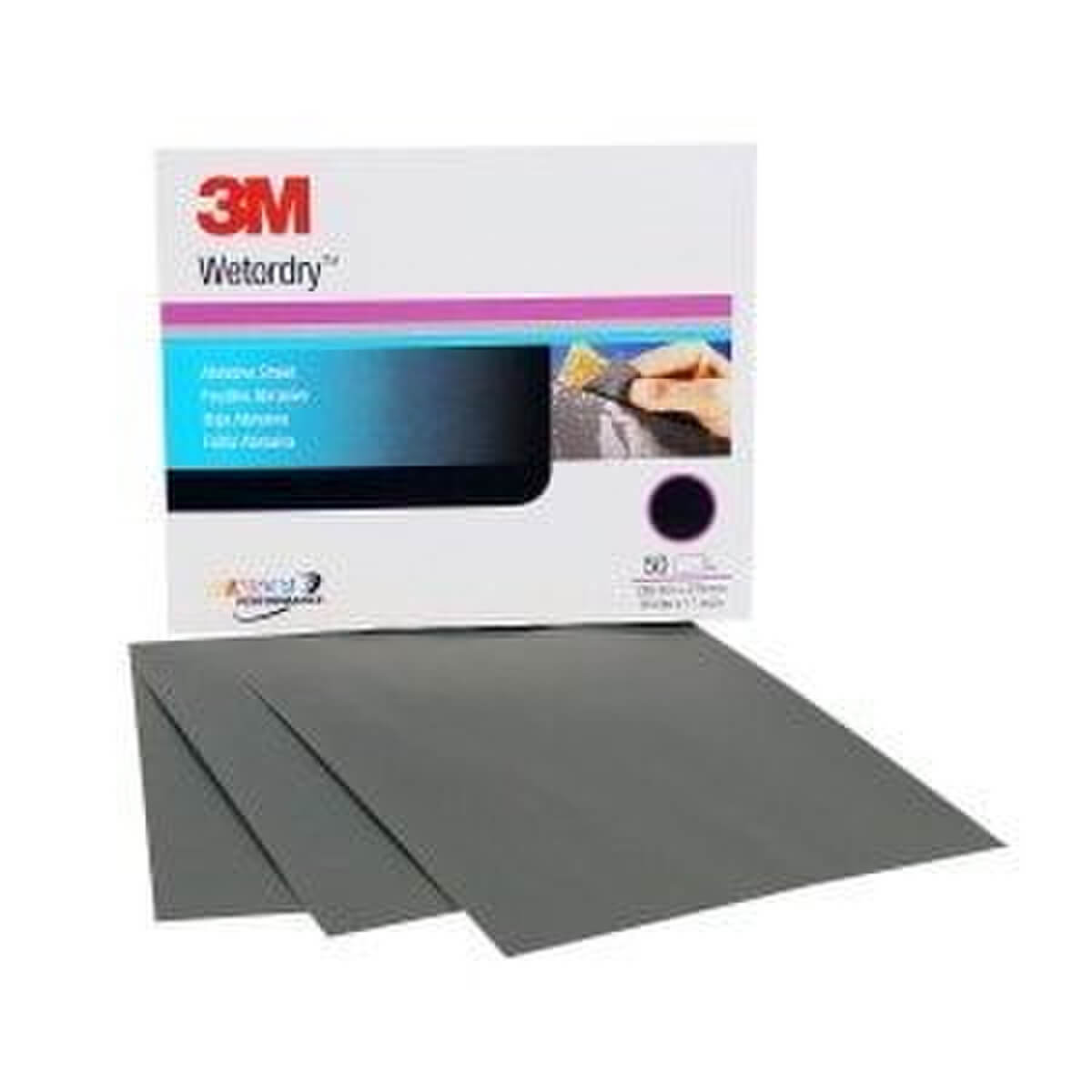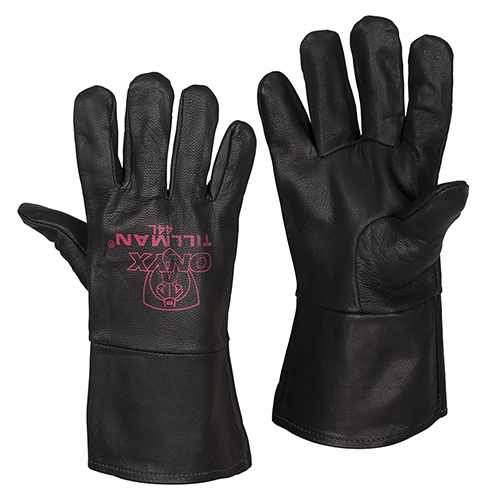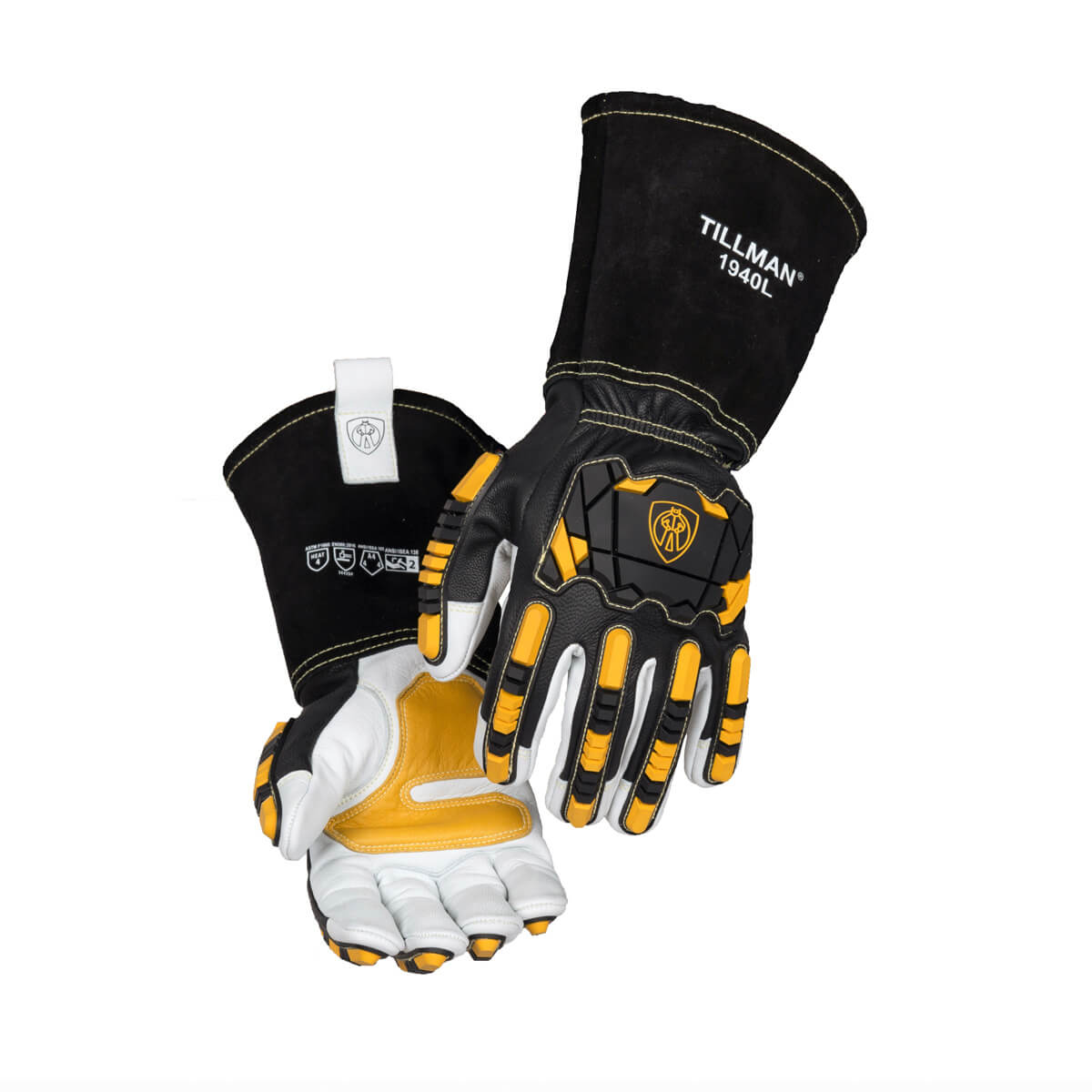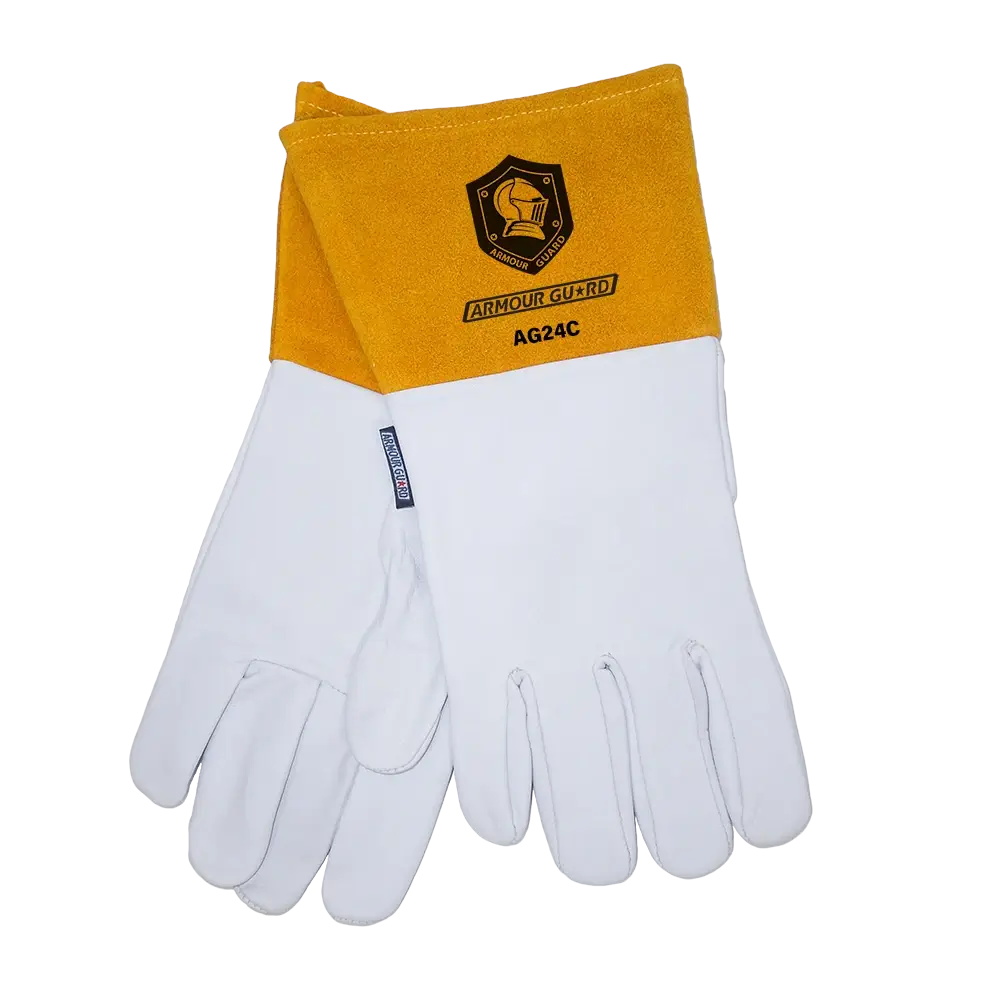Argon Shielding Gas
When it comes to welding, the use of a shielding gas is an essential part of the process. The gas is used to protect the weld area from contamination, and it plays a critical role in the quality of the final weld. One of the most commonly used shielding gases is argon.
Argon is an inert gas, which means it doesn't react with other elements, making it a good choice for welding. It is particularly useful for tig welding, as it provides a stable and consistent arc, which results in a cleaner and more precise weld. Argon is also used for mig welding and plasma cutting, due to its ability to improve the quality of the weld and increase the speed of the process.
One of the main advantages of using argon as a shielding gas is its ability to prevent oxidation. Oxygen and other gases can cause the metal to oxidize, which can lead to porosity and other defects in the weld. Argon creates a barrier around the weld area, which prevents oxidation and ensures a high-quality weld.
Another advantage of argon is its low cost. Compared to other shielding gases, argon is relatively inexpensive, which makes it a cost-effective choice for many welding applications. It is also widely available and easy to obtain, which makes it a convenient choice for many welders.
In addition to its advantages, argon also has some limitations. It is not suitable for welding ferrous metals, such as steel and iron. Additionally, it cannot be used in outdoor welding as it is not strong enough to protect the weld area from wind or drafts.
Overall, argon is a popular and versatile shielding gas that is widely used in welding. Its ability to prevent oxidation, improve weld quality, and increase the speed of the process makes it a valuable tool for many industries. With its low cost, easy availability, and wide range of uses, argon is a great choice for many welding applications.















































































































































































































Leave a comment